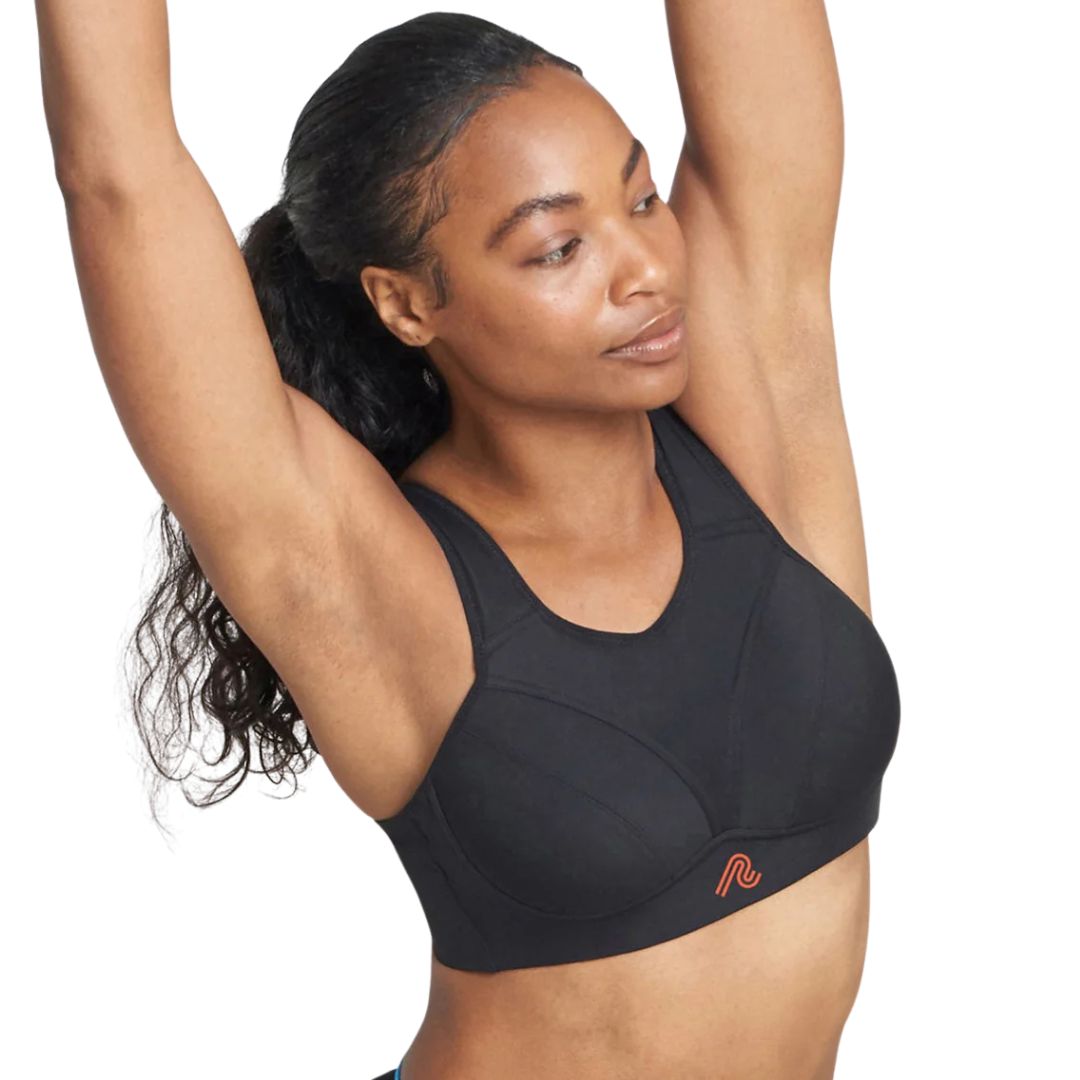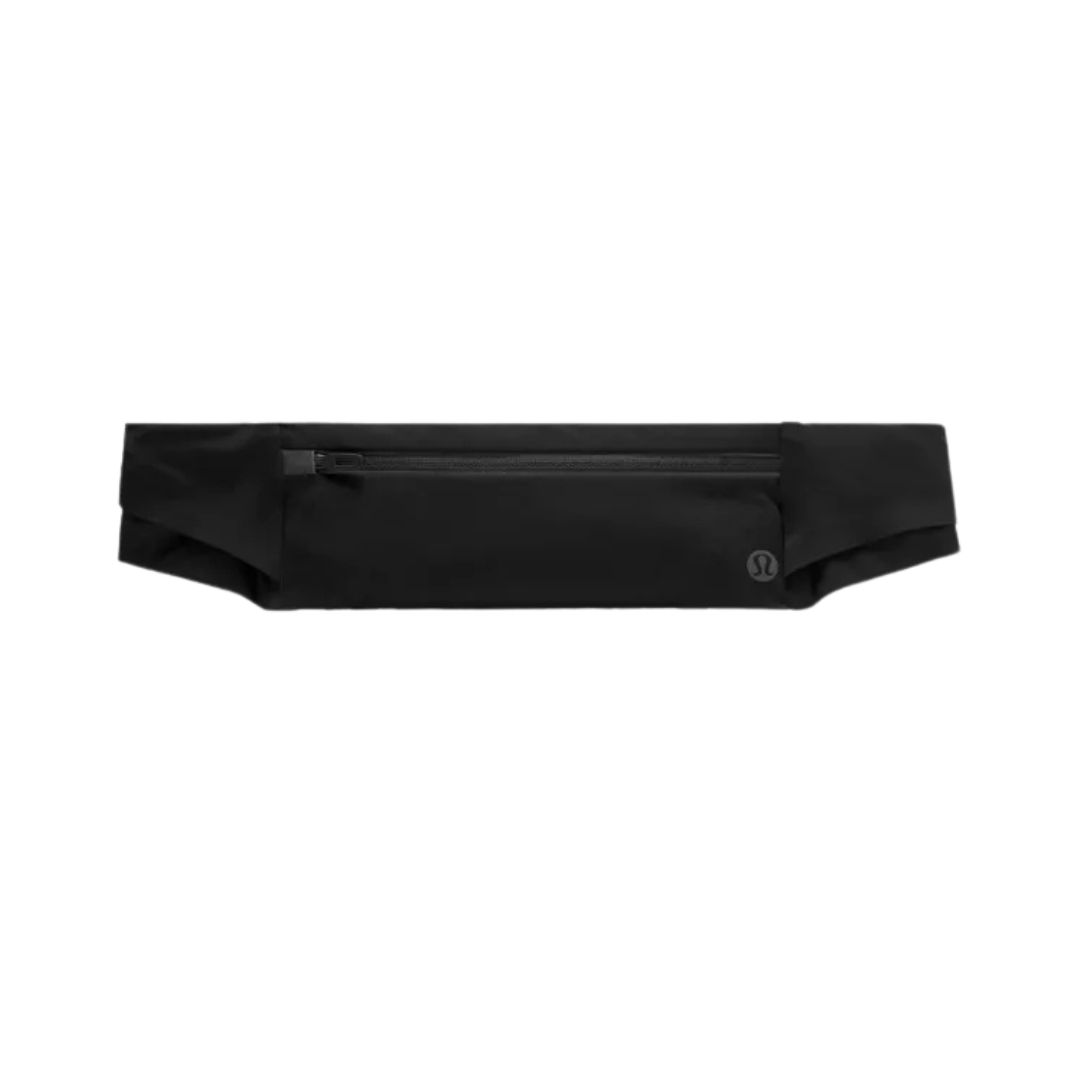Look no further – experts confirm that these are the 5 most effective types of cardio workouts you can do
Eager to boost cardiovascular fitness this year?


We accept - typically without much fuss or frustration - the seasonal shifts that impact nature. We expect roses to shed petals and for the sun to reduce its operating hours during winter, but we’re often less likely to give ourselves the same grace. So, if you're feeling pressured to reinvent yourself RN but would rather hibernate at home, more power to you. If, however, you’re working towards improved fitness in 2025 and you’re ready to hit the ground running, you might be interested in hearing about the most effective cardio workouts.
From Dry January to the viral "Winter Arc" challenge, countless campaigns are circulating at current that claim to help you overhaul your health – some, we might add, that are more worth your time than others. Which is where trusty old cardio (short for cardiovascular) workouts come in, long hailed as one of the best mood-boosting forms of exercise you can do.
Of course, your reason for giving cardio workouts a go is important here. Focusing purely on an aesthetic goal won't help your motivation levels in the long run. Instead, shifting your attention to how regular movement can make you feel can be key - because better mood and mental health is only ever a good thing, right?
That's why London-based personal trainer Emily Taylor is keen to stress the many benefits of cardio workouts - that aren't simply fat burn. "Cardio workouts keep your heart happy and make sure your body is firing on all cylinders," she explains. "They improve endurance, boost energy, and reduce the risk of chronic diseases, like heart disease and diabetes. Plus, they're a secret weapon for mental health, flooding your brain with feel-good endorphins and reducing stress,” she says.
Googling cardio workouts purely to learn more about the fat loss benefits? Know this: "People tend to talk a lot about cardio as a calorie-burning tool, but it has so many other important benefits,” she goes on.
Need more convincing? Research has indicated that doing cardio exercise – specifically, running – for as little as five to ten minutes a day at a slow pace can dramatically reduce your risk of death from all causes, including cardiovascular disease. A separate study by the American Heart Association found that people who do 150 to 300 minutes per week of moderate physical activity have a 20 to 21% lower risk of death from all causes, while those who do 75 to 150 minutes of vigorous activity per week experience a 19% lower risk of mortality from all causes.
In short: we all stand to benefit by getting our blood pumping regularly. Unsure where to start? Keep reading – our experts have shared what they believe to be the most effective cardio workouts. Oh, and don't skip our round-ups of the best cardio workouts, TikTok's viral cosy cardio trend, PT's go-to cardio exercises to do at home, plus how to improve your cardio fitness, while you're at it.
Celebrity news, beauty, fashion advice, and fascinating features, delivered straight to your inbox!
PTs agree: These are the 5 most effective cardio workouts of all time
What is a cardio workout?
“Cardiovascular training challenges the very system that distributes oxygen and nutrients to the whole body, including the brain,” explains personal trainer Jorge Camacho. “The most important thing for our survival, breathing, is improved by this practice.”
According to Taylor, an effective cardio session will stress your heart and lungs, “driving adaptations like increased heart efficiency, improved oxygen delivery, and greater mitochondrial capacity in your muscles (in other words, how your body generates and uses energy). Whether it’s a long, steady run or short, intense intervals, cardio should have a clear purpose that aligns with your overall fitness goals.”
What makes a cardio workout effective?
You can only really measure the effectiveness of a cardio workout in the context of the goal you’re working towards and your personal circumstances. And, ultimately, if you’re enjoying what you’re doing, it’s effective at the very least in boosting your mood, which is reason enough to move your body.
That said, there are a few things to bear in mind if your specific objective is to improve your cardiorespiratory fitness. “It is widely believed that cardio should be worked on the extreme ends of the spectrum,” says Camacho.
On one hand, he continues, this could look like long periods of time in what’s known as heart rate zone 2, which works out at 65 to 75% of your max heart rate. “Some professional athletes perform sessions of multiple hours at a lower heart rate, looking to improve their output gradually, while others perform incredibly intense short bouts in zone 5 (90 to 100% of your max HR, which can only be sustained for a very short amount of time) for 10-30 seconds per interval,” he says. The kinds of cardio workout you prioritise should be informed by the goal you have in mind – zone 3 and 4 training also have their benefits. But the overall key to making sure your sessions are effective? Specificity and progression, according to Camacho. “Progression applies in the sense that metrics, like weight, reps, time, and heart rate, can be monitored and tracked, and used to make sure there is some progression in one's practice. Where there is progression, there is improvement.”
Kiki Bustos, personal trainer and MINDFIT founder, stresses that unless you’re working towards something very specific, such as an endurance race or a running PB for instance, you shouldn’t overthink it. Simply prioritise moving in a way that gets your heart rate above 50% of your max HR and that you enjoy. “It can be great to go hard in a HIIT session for some people, while fast walking for others is enough to reap the benefits,” she says. “It all just depends on what you’re into. Don’t let the fitness industry make you feel like you need to go hard or go home, to make it worthwhile. Any amount of cardio is beneficial.”
5 of the most effective cardio workouts, according to PTs
1. Running
It may not be anything novel, but running is a staple for many for good reason. It’s widely accessible, for starters, and you don’t need access to an expensive training facility to get your miles in. “There’s something for everyone when it comes to running,” says Taylor. “Whether you’re chasing a faster 5k or gearing up for a 50k ultra, it’s an adaptable and rewarding way to train.
“The biggest perk for me? Running gets you outside – something we should all prioritise for our mental and physical health.” To get started, read our guides on how to run a mile without stopping, expert running tips for beginners, plus how to run faster and how to run further, here. Keen to make it a full-body experience? Read what happened when one MC UK staffer tried mindful running, here.
2. Rowing
What’s not to rate about rowing? It’s low-impact, meaning it’s really gentle on the joints, and engages the whole body. “For me, the rowing machine is the unsung hero of cardio,” says Taylor. “It keeps you off your feet, making it a great option if you’re nursing an injury or want to give your body a break from higher-impact training. Plus, it’s a fantastic full-body workout that builds strength and endurance simultaneously.”
3. Cycling
Another exercise that’s low-impact and easy on the joints is cycling. Do it on a stationary bike in the gym or at home, if you’re fortunate enough to have the space for one, or take your training outdoors for some fresh air (you can even commute to work by bike, and kill two birds with one stone, should you wish).
“Cycling is a really great way to build leg strength and improve cardiovascular fitness,” says Taylor. “It’s also easily adaptable to your fitness level, making it perfect for everyone from beginners to seasoned athletes.”
4. Swimming
“Swimming is an incredible full-body workout and one of the best forms of low-impact cardio out there,” says Taylor. “It strengthens your heart, improves lung capacity, and works muscles you didn’t even know you had.”
Try this: If your local leisure centre has a pool, swing by to do some lengths and see if swimming feels like a good fit for your training routine. When the weather picks up in late spring or early summer, consider a dip in a lido or wild swimming in the sea for the added mental wellbeing benefits that come with being submerged in the outdoors. “I always find swimming really meditative,” says Taylor. “There’s just something about being in water that feels so refreshing and restorative – it’s cardio with a side of calm.”
5. SkiErg
"If you want a no-nonsense way to push your limits, the SkiErg is it," Taylor declares. "It’s a fantastic piece of kit for interval training, targeting your upper body, core, and cardiovascular system in one go."
She rates this piece of equipment for providing a full-body workout, while also offering an alternative for anyone who cannot run, or simply doesn't want to. "There’s no need to force yourself to run if you don’t enjoy it," she says. "Explore different types of cardio and pick what you find enjoyable – that way, you’ll actually stick to it consistently and that is where the magic happens."
Shop MC UK approved fit kit now:

Abbi Henderson is a freelance journalist and social media editor who covers health, fitness, women’s sport and lifestyle for titles including Women's Health and Stylist, among others.
With a desire to help make healthcare, exercise and sport more accessible to women, she writes about everything from the realities of seeking medical support as a woman to those of being a female athlete fighting for equality.
When she’s not working, she’s drinking tea, going on seaside walks, lifting weights, watching football, and probably cooking something pasta-based.


